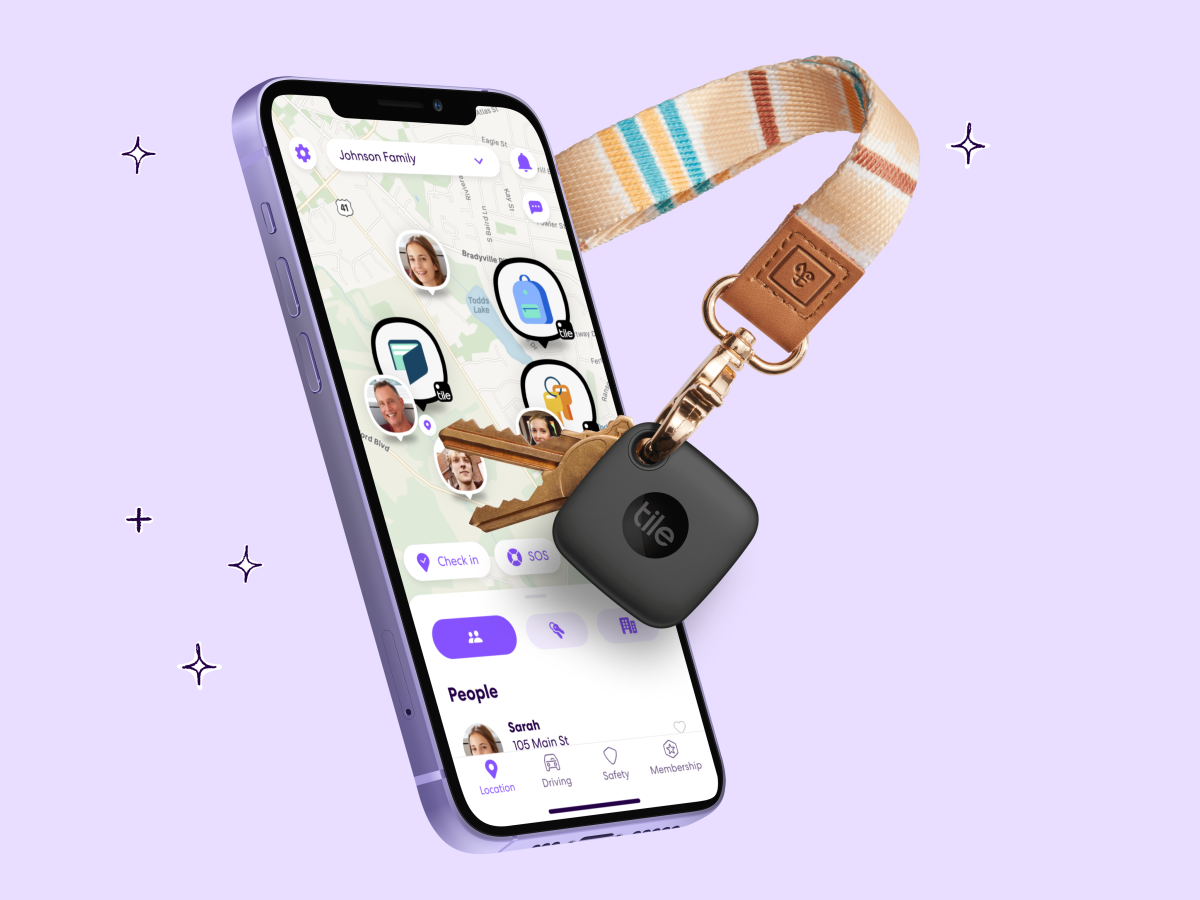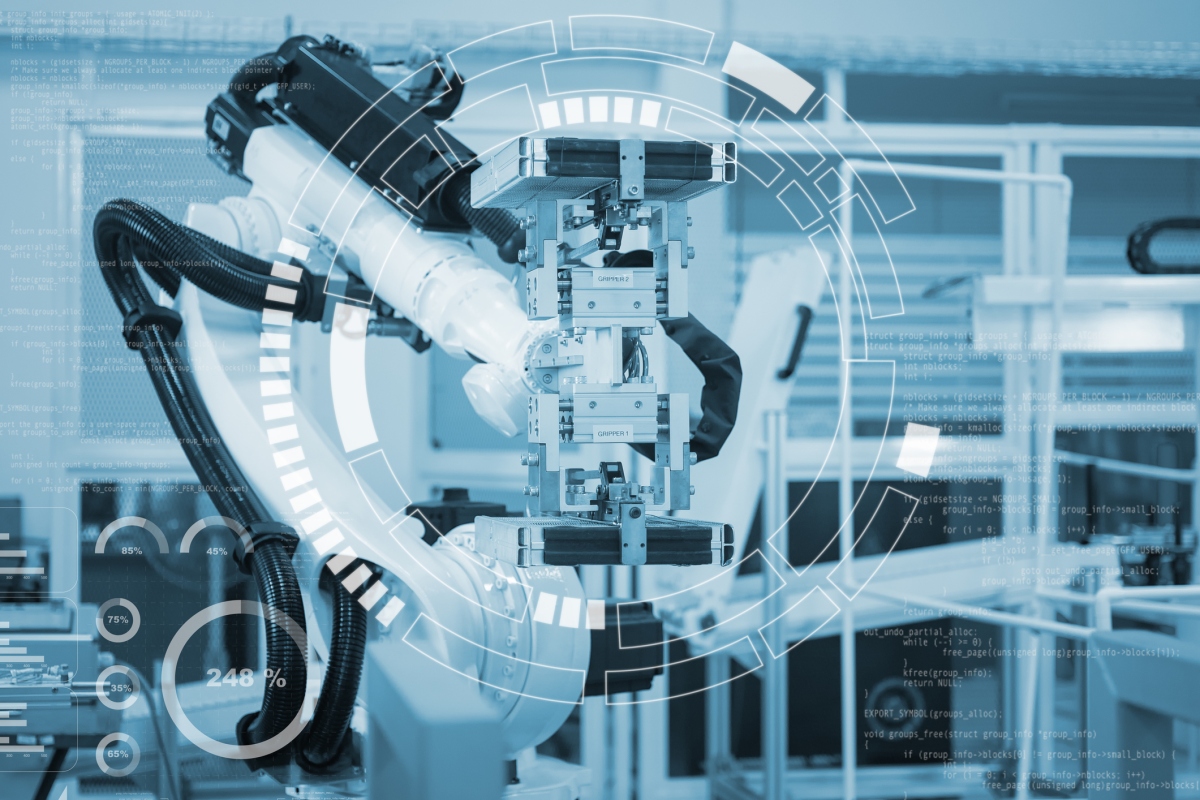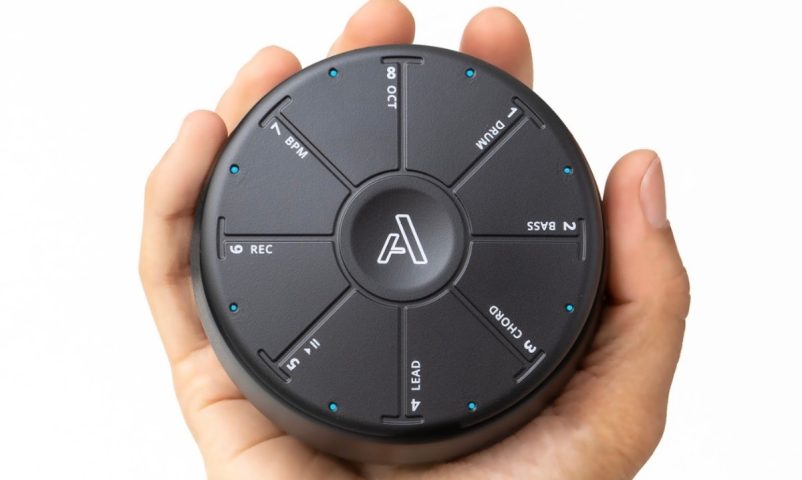
Life360 to integrate its service with Tile, following last year’s acquisition
November 5, 2022
Google wants robots to generate their own code
November 6, 2022
The original Orba was a curious little baseball-sized device that invited people who couldn’t play a triangle if they tried to somehow create beats, bops and bass lines. The success of the original — and the adoption of it as a tool for more serious musicians — inspired the Artiphon team to release an updated version. With the same form factor as the original, but a lot more smarts and the ability to record and upload your own sound samples or use sample packs, Orba 2 opens the door for a new generation of musicians, whether tone-deaf talentless hacks such as myself, or musicians who want to carry a versatile synth-like instrument in a small form factor.
As much as I would love to subject you to my attempts at making music, here’s an actual musician — Taetro — showing off some of the fun:
“With Orba 2, being able to be out, capturing sounds with the app and nearly instantly turning it into an instrument is empowering because, no matter your relationship with music, being able to do fun sampling things like that is huge,” says Taetro in a blog post from Artiphon. “It can open up worlds for people, and people can interact with it in the same way they would by picking up a pen and doodling on a sketchpad.”
From the original Orba, the most requested feature the company received was the ability to play instruments — guitars, acoustic drum sets, pianos, etc. The company says it rebuilt the Orba from the ground up to create the Orba 2, with a new sound engine, and adding more than 100 new sounds that are all based on real instruments.
“We didn’t want to change too much about the industrial design of it; we knew that people love the form factor. The insides of the Orba 2 are completely different. Being able to play these samples and being able to make your own samples is new, and the ability to have longer songs –up to five minutes on the device itself — all of that is possible because of a new computer inside of it,” Adam McHeffey, chief marketing officer at Artiphon, said in an interview with TechCrunch. “The new engine means it could play these audio-based samples. That’s the biggest thing that’s new, but in addition, we have added two gigabytes of sample memory, so that you could add your own samples to it as well. We also improved the converter and the speaker amps, and the headphone-out on it as well. We don’t make a big deal out of the tech specs with most of our marketing materials; we focus on what you can do with it.”
I’ve had an Orba 2 on my desk for a few weeks, and I can attest it’s a very compelling play-thing: Picking it up between (and sometimes during) Zoom meetings and exploring a quick musical riff is pretty awesome. I noted that to McHeffey, who laughs in agreement. “It’s the perfect fidget toy,” he says.
Writing off the Orba as a toy would be a mistake, however; it’s turning out to be a powerful learning tool as well. The company claims that two-thirds of its users had never played a musical instrument before.
Orba 2 is on sale today, and costs $150.
Artiphon releases Orba 2, to make music-making even more accessible by Haje Jan Kamps originally published on TechCrunch



